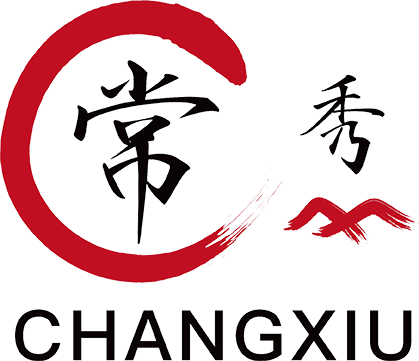Understanding Raised Floors: Benefits and Applications in Modern Building Design
Release time:
Jun 24,2025
Raised floors, often referred to as raised access floors, are an increasingly popular choice in modern building design, particularly in commercial and institutional environments. These systems consist of a series of modular panels elevated above the building's structural floor, creating a hidden space for electrical, data, and mechanical services. This innovative flooring solution provides a flexi
One of the primary benefits of raised floors is their adaptability. As technology evolves, businesses frequently need to modify their office layouts to accommodate new equipment or changing workflows. Raised floors make it easy to reconfigure workspaces without extensive renovations. The space beneath the panels can house a variety of utilities, such as power cables, networking lines, and HVAC systems, allowing for quick and convenient access and management. This is particularly advantageous in office environments, data centers, and any space where technological infrastructure plays a crucial role.
In addition to adaptability, raised floors offer substantial benefits in terms of air circulation and temperature control. The void created by the raised flooring allows for improved airflow throughout the space, which can enhance the efficiency of heating and cooling systems. This is particularly important in environments with high-density computing equipment, where maintaining an optimal temperature is critical for performance and equipment longevity.
Another significant advantage of raised floors is their contribution to aesthetics. They provide a clean and streamlined look, as all necessary cabling and piping are hidden from view. This can enhance the overall design of a space, allowing architects and designers to focus on creating an appealing environment without the clutter of exposed utilities. Moreover, raised floors can be finished with various materials, including tiles and carpets, providing opportunities for customization to match the decor of any interior.
In terms of installation, raised floors generally require specialized knowledge and expertise, making it essential to work with experienced professionals in the field of construction and design. While the initial installation may be more complex than traditional flooring options, the long-term benefits often outweigh the upfront investment.
In conclusion, raised floors are a versatile and efficient solution for modern building design, offering significant advantages in adaptability, air circulation, and aesthetics. As businesses continue to evolve, incorporating raised flooring systems can enhance functionality and contribute positively to the overall environment. By understanding the benefits and applications of raised floors, professionals in the building and decoration materials industry can better advise clients on making informed decisions that align with their project's needs.
keywords
2025.06.25
2025.06.24
Understanding Raised Floors: Benefits and Applications in Modern Building Design
2025.06.23
The Benefits of Calcium Sulfate for Anti-Static Flooring Solutions
Online Message


